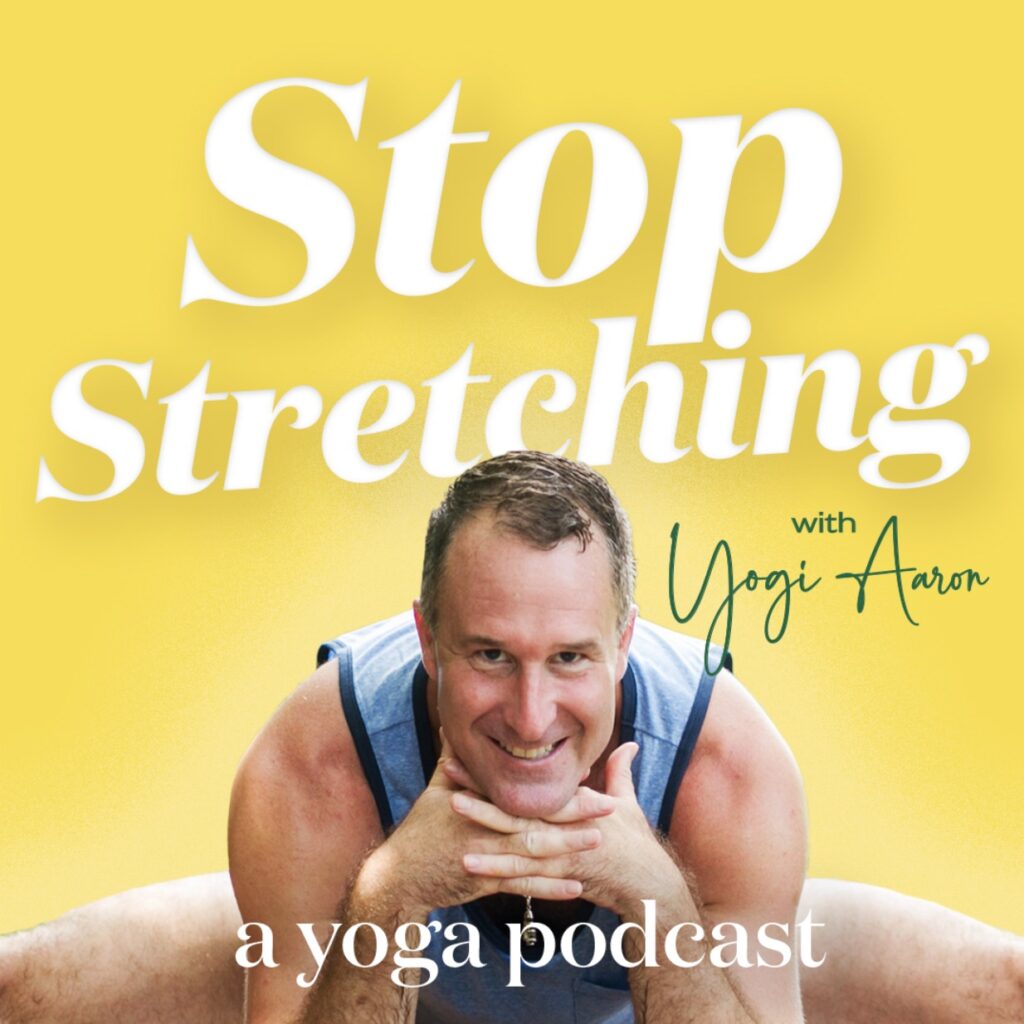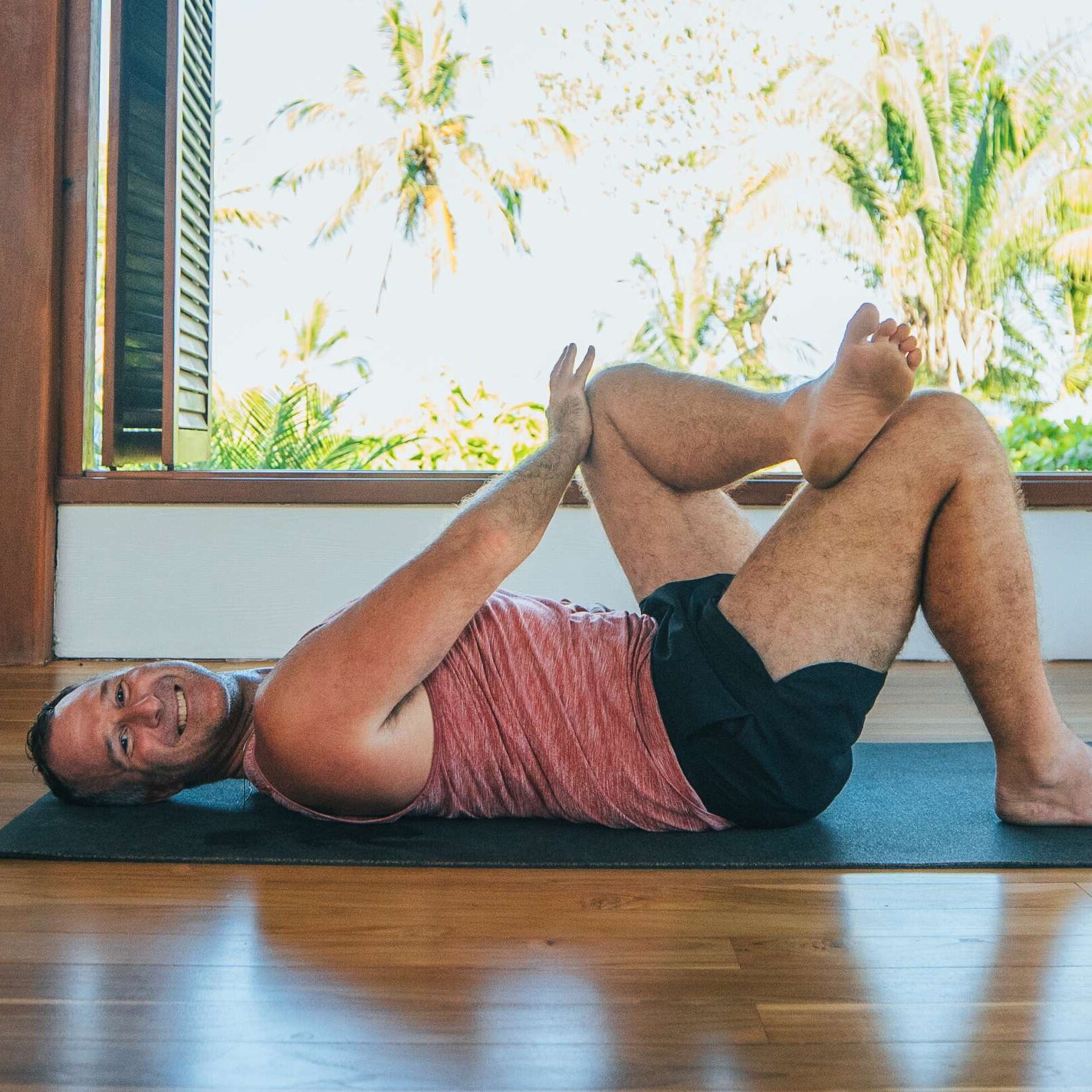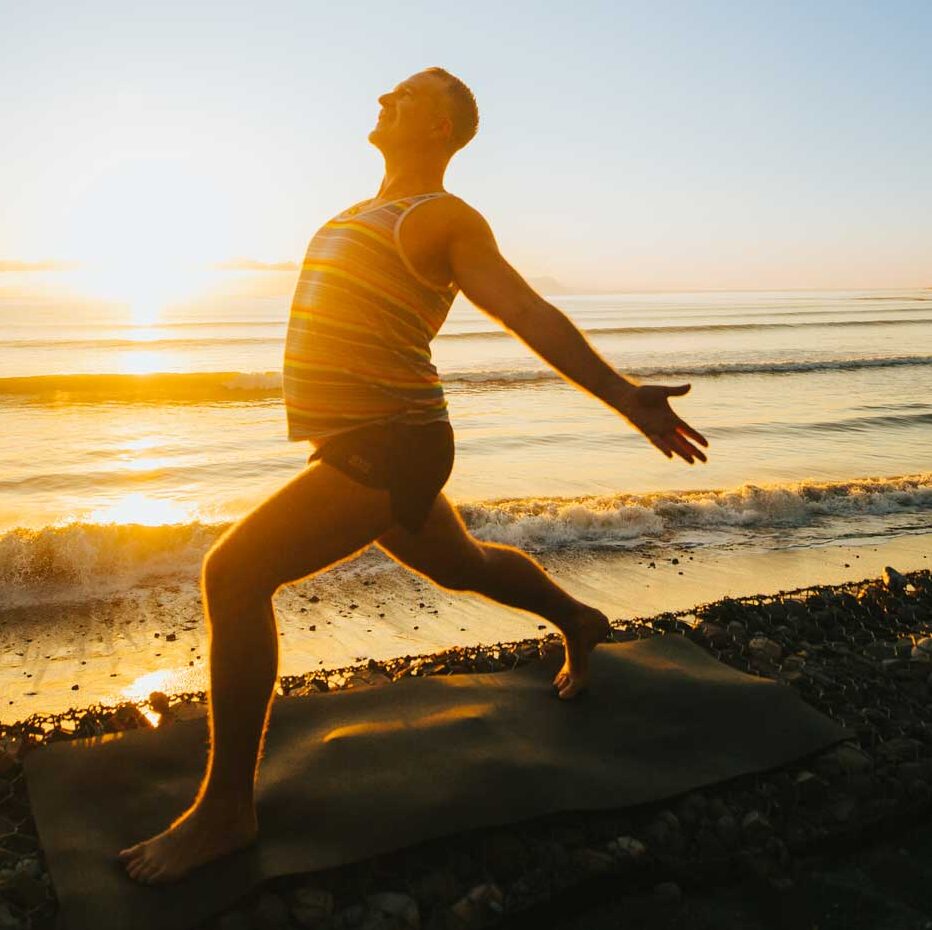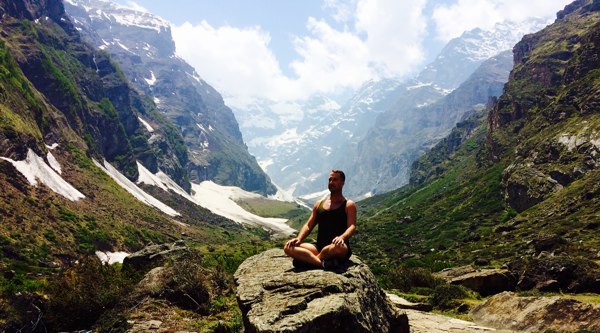Yoga has evolved over thousands of years to become a global phenomenon. While many associate yoga with flexibility and physical postures, its original purpose and essence go far deeper. In this article, we explore the fascinating history of yoga, its transformation over time, its roots, and how it can reshape our perspective on this powerful practice. Tune into the 5th episode of my podcast, “Stop Stretching,” to dive deeper into this journey and uncover surprising truths about yoga’s evolution.
In this article, we explore:
- The Ancient Origins of Yoga
- Patanjali and the Yoga Sutras
- The Emergence of Hatha Yoga
- Modern Yoga: The Influence of Krishnamacharya
- Yoga in the West: Fitness vs. Philosophy
- Reclaiming the True Essence of Yoga
The Ancient Origins of Yoga
The origins of yoga date back over 5,000 years, with some evidence suggesting it began as early as 15,000 years ago in the Indus Valley. During this time, spirituality and life were intertwined, laying the foundation for what we now call yoga. The first references to yoga appear in the Rigveda, an ancient Indian text from around 1500 BCE. The Rigveda contains hymns, mantras, and rituals. All emphasise breath control, discipline, and a connection to a higher power.
By 500 BCE, texts like the Upanishads further developed the philosophy of yoga. Introducing concepts of meditation and self-realization. This period also saw the rise of Buddhism, which shares many parallels with yoga’s emphasis on mindfulness and inner peace.
Patanjali and the Yoga Sutras
One of the most significant milestones in yoga history is the compilation of the Yoga Sutras by the sage Patanjali around 200 BCE. This text laid the philosophical foundation for yoga. Outlining an eightfold path to achieve harmony between the mind, body, and soul. Interestingly, only three of the 196 sutras mention physical postures (asana). These refer to seated positions designed for meditation rather than the dynamic poses we see today.
Patanjali’s teachings focus on reducing mental suffering, emphasizing that true pain resides in the mind. His wisdom provides a guide for achieving eternal happiness and self-union, principles that remain timeless.

The Emergence of Hatha Yoga
Fast-forward to approximately 1,500 years ago, and we find the emergence of Hatha Yoga. This form of yoga introduced physical postures as a means to influence the body’s energy and achieve inner peace. The Hatha Yoga Pradipika, a key text from this period, describes various seated and supine poses. It omits the standing postures common in modern yoga. The goal of these practices was to channel and transform energy. Fostering a deeper connection with oneself and the universe.
Modern Yoga: The Influence of Krishnamacharya
The modern yoga we recognize today owes much to Krishnamacharya, a yogi and scholar active in the early 20th century. Supported by a royal patron, Krishnamacharya opened a yoga school in Mysore, India, where he combined traditional yoga with elements of wrestling and acrobatics. He taught young Indian boys sequences of dynamic postures, many of which evolved into today’s popular asanas.
Krishnamacharya’s teachings gave rise to influential students such as B.K.S. Iyengar, Pattabhi Jois, T.K.V. Desikachar, and Indra Devi, each of whom played a pivotal role in shaping modern yoga practices, from Iyengar’s precise alignment-focused approach to Pattabhi Jois’ dynamic Ashtanga Yoga. These pioneers introduced yoga to the West, where it rapidly gained popularity.
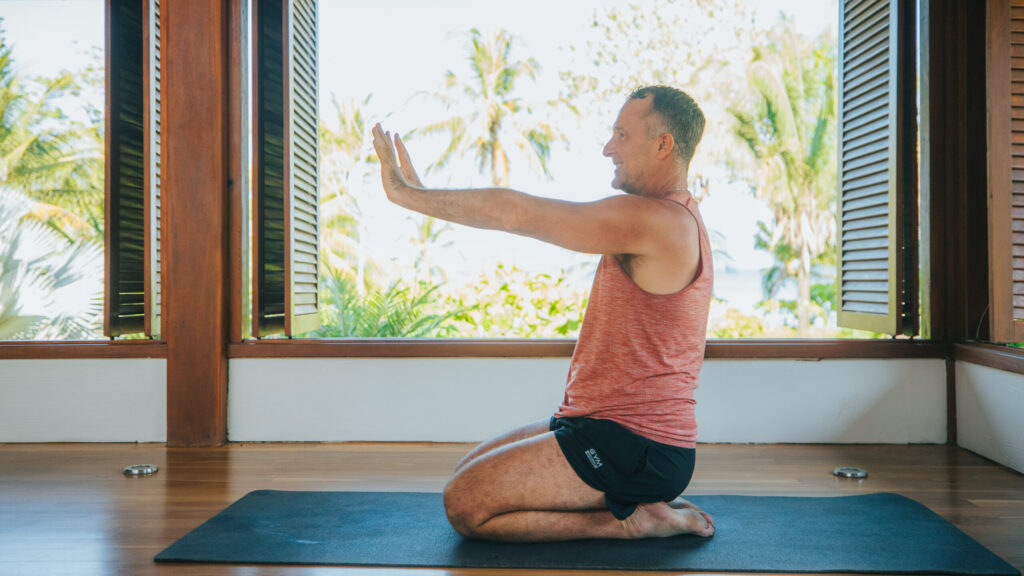
Yoga in the West: Fitness vs. Philosophy
In the 20th century, yoga became associated with physical fitness, thanks in part to figures like Indra Devi, who brought yoga to Hollywood, and celebrities like Jane Fonda, who popularized yoga-inspired routines. However, this shift often diluted yoga’s philosophical roots, reducing it to a form of glorified stretching.
Today, yoga is marketed to improve flexibility, build strength, and achieve a sculpted physique. Yet, this focus on the physical often overlooks yoga’s true essence—a practice of breathwork, mindfulness, and spiritual connection.
Reclaiming the True Essence of Yoga
To honor yoga’s rich history and profound purpose, we must disassociate it from the notion of mere flexibility. Yoga is not about touching your toes. It’s about finding inner peace and cultivating self-awareness. The only requirement for practicing yoga is the ability to breathe and an open mind.
By reconnecting with yoga’s roots, we can embrace it as a holistic practice that nurtures the body, mind, and soul. Let us move beyond the physical and rediscover the transformative power of yoga’s philosophy and breathwork. Tools that have stood the test of time.
To conclude, yoga’s journey from the spiritual practices of ancient India to the bustling yoga studios of the modern world is a testament to its adaptability and enduring appeal. Yet, as we roll out our mats, remember that yoga is more than just poses. It is a path to self-discovery, inner peace, and union with the highest self.
So the next time someone says, “I can’t do yoga because I’m not flexible,” remind them: if they can breathe, they can do yoga.


